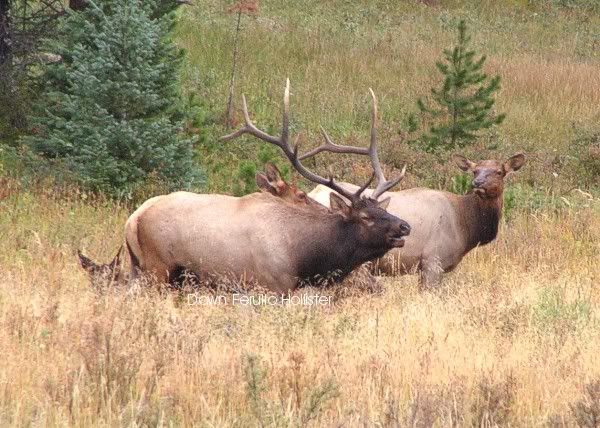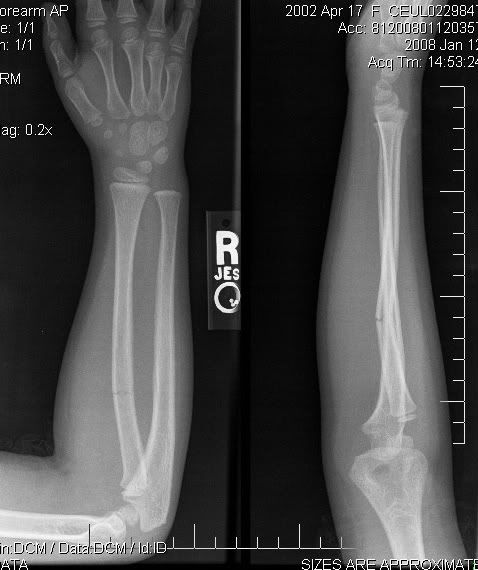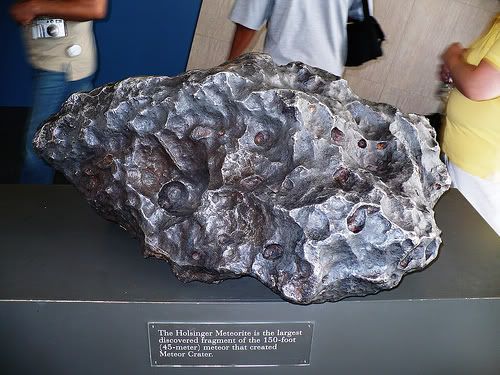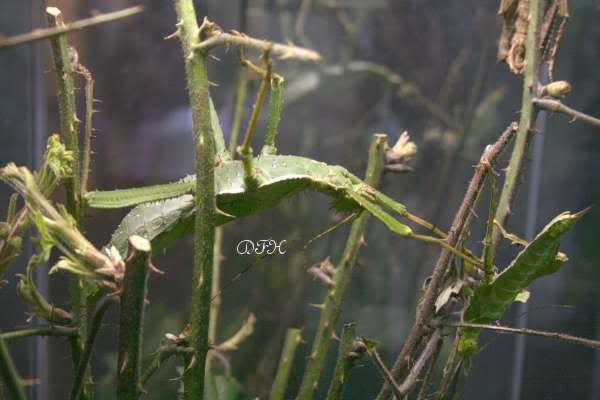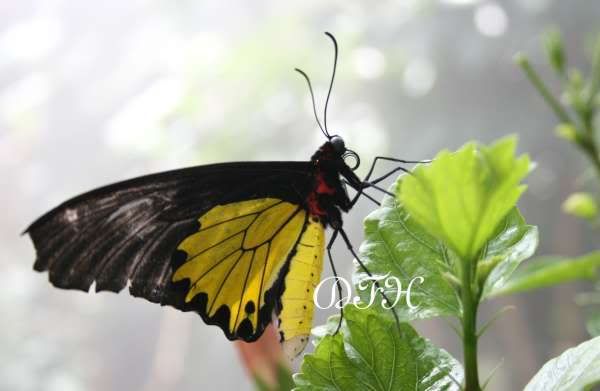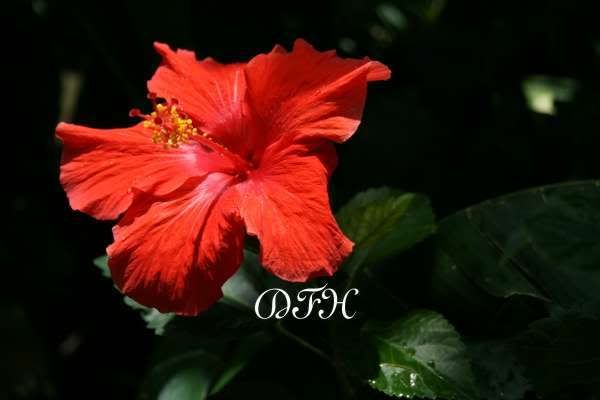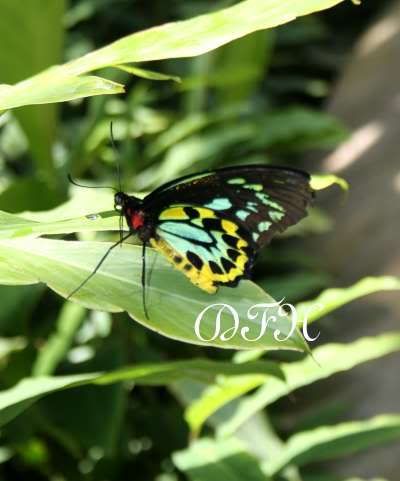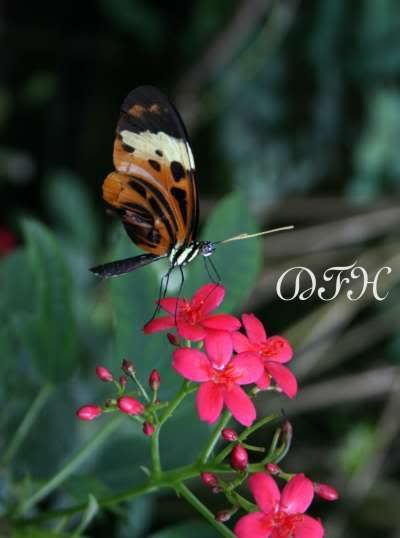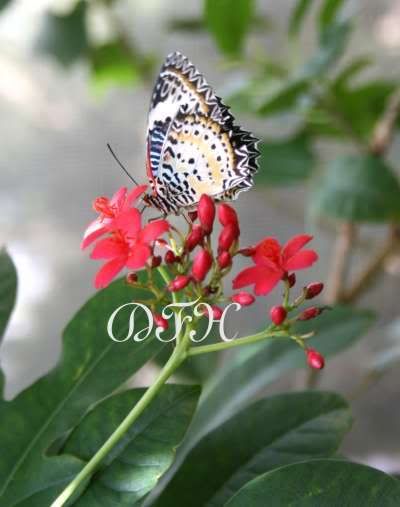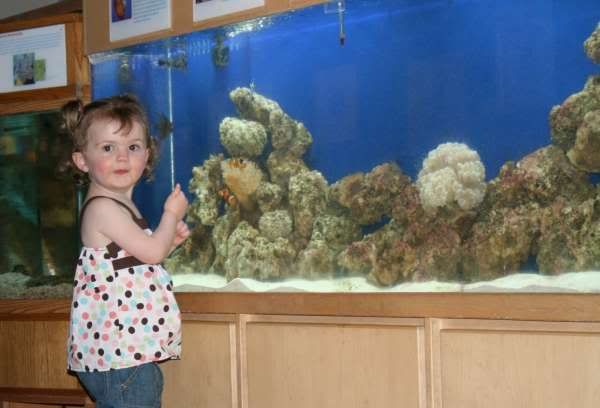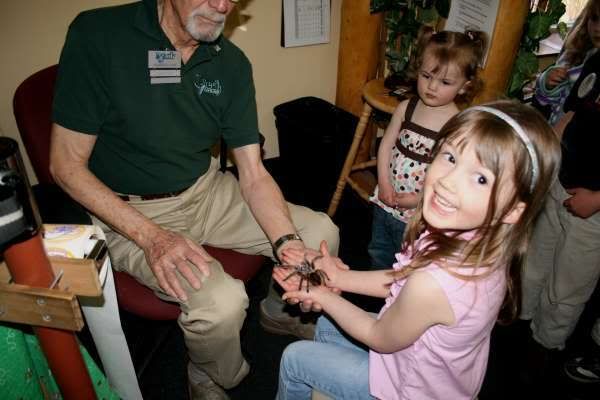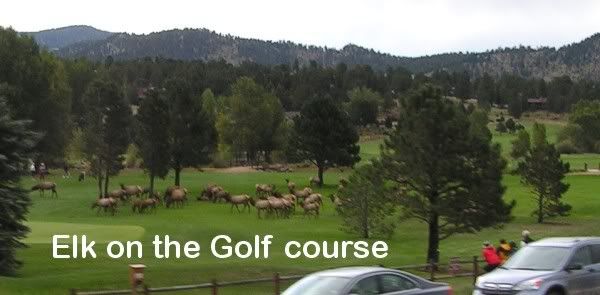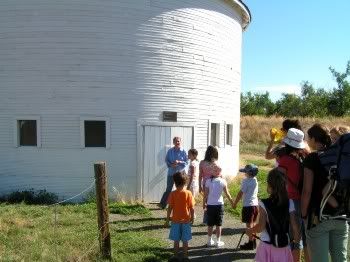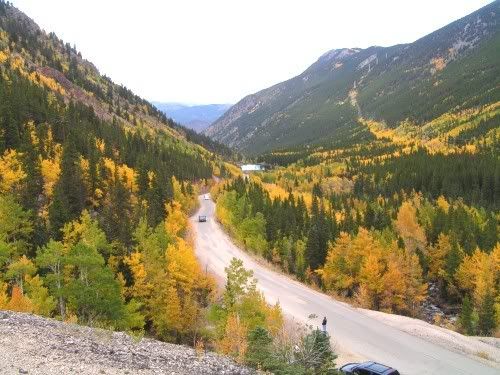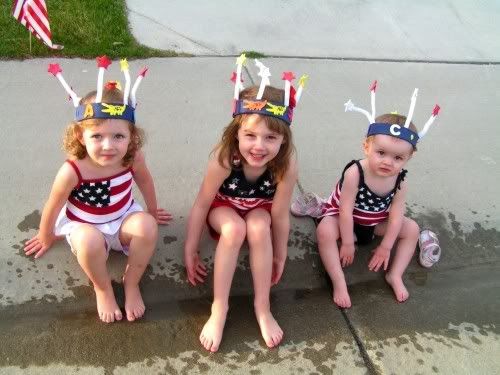Road Trip: Arizona-Petrified Forest NP
In March of 2007, we were on a road trip with our girls to visit my grandmother in Arizona. The girls were getting restless on day two, so we decided to stop at Petrified Forest National Park. It's a nice round-trip diversion with plenty to see and do. The entrance is off of I-40 near Holbrook from the West, and nearer to Navajo on the east; you can enter from one side of the park, drive through, and loop back to I-40 easily from the other end (see the map by clicking the link above).
Distant volcanoes to the west spewed
tons of ash into the atmosphere,
carried by the wind into this area
where it was incorporated into the river
sediments. Some logs were buried by
sediment before they could
decompose. Ground water dissolved
silica from the volcanic ash and carried
it into the logs. This solution formed
quartz crystals which filled hollows,
cracks, even the interior of the cells,
and sometimes replaced the cell walls.
The process could be so exact the
resulting fossils show many details of
the logs’ original surfaces and,
occasionally, the internal cell
structures. Traces of iron and other
minerals combined with quartz during
the petrification process, creating the
brilliant rainbow of colors. Within the
larger cracks and hollows the growth
of quartz crystals was not limited in
size and larger crystals of clear and
milky quartz, purple amethyst, and
yellow citrine formed.
- Petrified Forest National Park has one of the most diverse collections of prehistoric pottery fragments in the Southwest.
- The ecosystem at Petrified Forest National Park is not desert. It's one of the largest areas of intact grassland in the Southwest
- On clear days in the Southwest, especially on crisp, cold winter days, you can see landscape features almost 100 miles away!
Are you a homeschooler thinking of visiting the park? NPS offers free online curriculum help:
http://www.nps.gov/pefo/forteachers/curriculummaterials.htm
If you are a homeschooler, road trips are such an amazing way to experience science, history and culture. The National Parks are also a great resource. Did you know you can buy a National Parks Annual Parks pass for $80? It gets you entrance into any National Park and other Federal areas for no additional fee. Are you aged 62 or over? You can get a pass for $10....LIFETIME. And all throughout the website are lesson plans for teachers.



